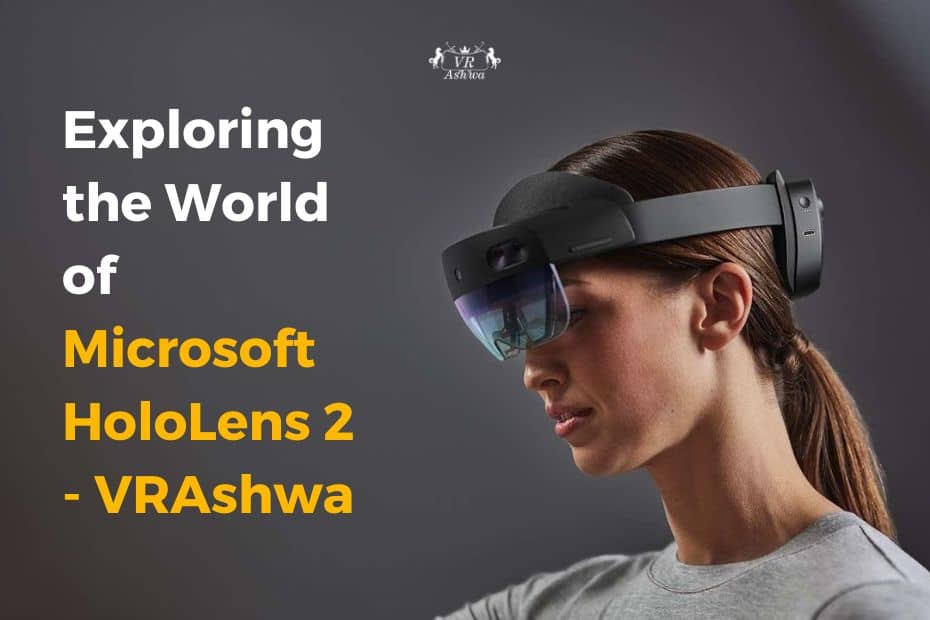Virtual reality technology has come a long way in recent years, and one of the most exciting developments in this field is Microsoft’s HoloLens 2. This self-contained holographic device boasts a 52-degree diagonal field of view and 20 pixels per degree of resolution, making it a powerful tool for creating immersive mixed-reality experiences. However, at approximately $3,500, the HoloLens 2 is not aimed at the average consumer.
Instead, HoloLens 2 is designed for enterprise use cases like warehouses and factories. By using mixed reality devices like the HoloLens 2, companies can train their employees on complex processes without interacting with the real thing. For example, staff members in training can learn how to build something difficult in a virtual environment. This technology can save time and money while improving the accuracy and efficiency of movement.
To develop applications for HoloLens 2, software engineers need to be proficient with Microsoft Visual Studio, Windows 10/11 SDK, a HoloLens 2 device, and more. Additionally, they must be skilled in languages like C#, C++, and JavaScript and have access to mixed reality software development kits, game engines, and version control tools. In this blog post, we will explore the features of HoloLens 2, the tools required for developing HoloLens apps, and mixed-reality development environments.
Tools Required for HoloLens 2 App Development
Developing apps for the HoloLens 2 requires a combination of software development tools and mixed-reality hardware. The first step is ensuring the software engineers can access Microsoft Visual Studio and Windows 10/11 SDK. Visual Studio is an integrated development environment (IDE) to create, debug, and deploy HoloLens apps. The Windows 10/11 SDK provides the necessary libraries, headers, and tools for building apps for the HoloLens 2.
Next, your team will need access to a HoloLens 2 device or emulator. The HoloLens 2 device is the most effective tool for app development, but its cost may be prohibitive. In that case, the HoloLens 2 emulator can simulate the device’s functionality. The emulator provides a virtual app testing and development environment, saving costs and time.
Finally, to create holograms for the HoloLens 2, your engineers will need access to hologram creation tools such as Unity 3D. Unity is a powerful game engine that can create immersive experiences for HoloLens 2. Other hologram creation options include Unreal Engine 4, OpenXR, or WebXR.
Your team can create HoloLens 2 apps and experiences for enterprise environments with the right tools. These apps can help organizations train employees, visualize complex data, and streamline operations in warehouses, factories, and other industrial settings.
Mixed Reality Development Environments
Apart from the software and hardware tools required for HoloLens 2 app development, specific programming languages, mixed reality software development kits (SDKs), game engines, and version control tools that your software engineers will need to be proficient in.
Programming languages like C#, C++, and JavaScript are widely used in mixed reality development environments. C# is a widely used programming language for developing mixed reality applications in the Unity game engine. C++ is commonly used for building high-performance mixed-reality applications, and JavaScript is often used to create web-based mixed-reality experiences.
Mixed reality software development kits (SDKs) are essential for HoloLens app development. Microsoft provides the Mixed Reality Toolkit, an open-source collection of scripts and components that simplify the development of mixed reality applications. Other SDKs like Vuforia, ARToolKit, and Wikitude also provide tools for building mixed-reality applications.
Game engines like Unity, Unreal Engine 4, and CryEngine are popular tools for creating mixed-reality applications. These engines offer features like 3D modeling, physics simulation, and real-time rendering essential for building immersive mixed-reality experiences.
Version control tools like Git and GitHub are essential for managing source code in HoloLens app development. These tools allow developers to collaborate, track changes, and maintain the version history of their codebase, ensuring efficient and effective software development.
Other Tools for Mixed Reality Development
These platforms provide tools for creating immersive experiences; some even support HoloLens 2 development. For example, Steam offers a VR platform that allows access to thousands of VR games and applications. Oculus is another platform that offers both VR and AR development tools and content, while Vuforia provides computer vision software that enables AR experiences. MAXST and Wikitude are AR development platforms providing object recognition and tracking features. ARToolKit is an open-source AR platform supporting HoloLens 1 and 2 development. Lastly, ARCore and ARKit are mobile AR development platforms created by Google and Apple, respectively.
By using these mixed reality development tools and platforms, developers can create engaging and interactive experiences that take advantage of the unique capabilities of HoloLens 2. These tools can help developers create 3D objects, render holograms, integrate natural user interfaces, and incorporate other features that enhance the mixed-reality experience.
Conclusion
In conclusion, mixed reality technology is rapidly evolving, potentially transforming various industries, from healthcare and education to entertainment and manufacturing. Microsoft’s HoloLens 2 is one such device that offers an immersive mixed-reality experience, particularly for enterprise use cases such as training employees and optimizing workflows.
However, developing for HoloLens 2 requires a skilled team of developers proficient in languages such as C#, C++, and JavaScript, as well as familiarity with Microsoft Visual Studio and the HoloLens 2 Emulator. Mixed reality software development kits, game engines, and version control tools are essential for a successful project.
Additionally, there are other tools and platforms available for mixed reality development, such as Amazon Sumerian, Spark AR, Lens Studio, Steam, Oculus, Vuforia, MAXST, Wikitude, ARToolKit, ARCore, and ARKit. These tools allow developers to create high-quality virtual and augmented reality applications and environments without extensive coding experience.
As mixed reality technology advances, seeing how it transforms how we work, learn, and play will be exciting. Whether through HoloLens 2 or other mixed reality devices, the potential to create immersive, interactive experiences is limitless.

